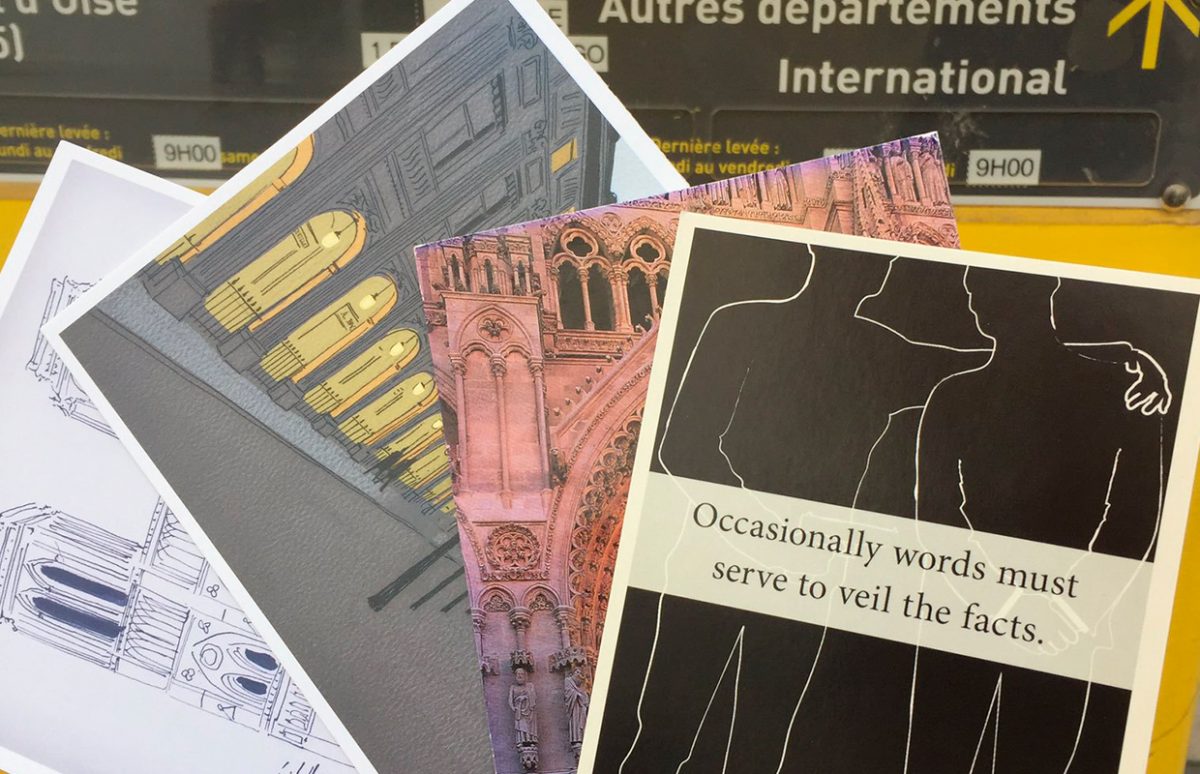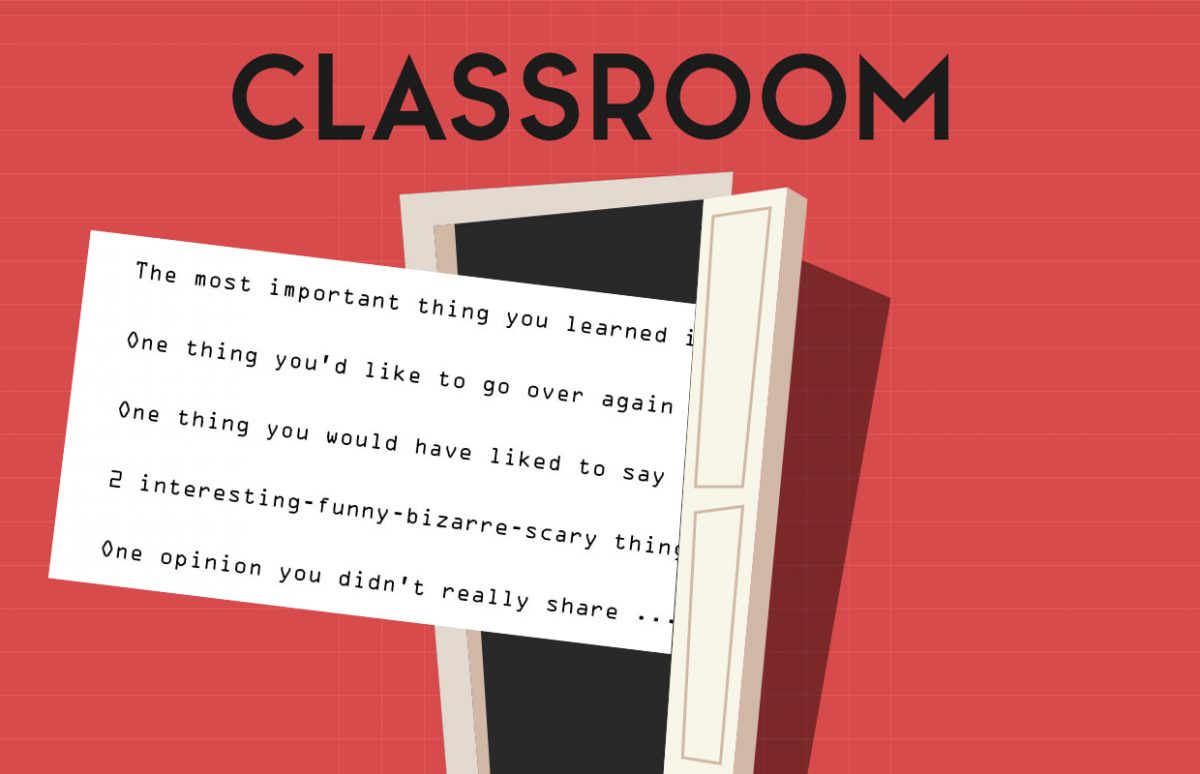
A slideshow, an article and a video to explain the United Nations General Assembly to your students, and let them see how young people can participate. This article from BBC children’s news programme Newsround does exactly what it says on the tin: explains “What is the United Nations”? The language is fairly simple. It’s usable … Continue reading “United Nations Webpicks”

In 2017, the U.S.A. has been commemorating the hundredth anniversary of John Fitzgerald Kennedy’s birth. In this B1-B2 sequence, pupils view a short, downloadable animated slideshow giving basic facts about JFK’s life. They will then work in groups to expand their knowledge before preparing a presentation in the Bac oral format. Language and structures John … Continue reading “President Kennedy Slideshow”

Hurricanes are dominating the news at the moment but how do hurricanes form and how are they classified? This video and animation are useful teaching tools. This animation from U.S. National Hurricane Center shows the intensity of different levels of hurricane. It is purely visual and can be used for description. This report for children … Continue reading “Hurricanes Webpicks”

Postcrossing est un site internet. Il s’agit un réseau social qui permet de recevoir et d’envoyer des cartes postales partout dans le monde. Comment l’exploiter en classe d’anglais ? Pourquoi ne pas organiser un concours de cartes postales ? Le premier projet décrit ici a été organisé deux années de suite au Lycée Albert Camus de Bois-Colombes. … Continue reading “Postcrossing: Postcards Project”

The annual European Day of Languages on 26 September is a great reason to have some multilingual mingling and celebrations in your classroom! And for an instant teaching activity on comparing languages, why not get your pupils to participate in the competition to design a T-shirt for the 2018 event? Or participate in a world … Continue reading “Celebrate European Languages”

The Labor Day holiday weekend signals the end of summer for Americans. Although it takes place at the beginning of September, and the hot weather may continue for weeks, after Labor Day, schools start again it feels like the summer vacation has ended. Labor Day is the U.S. version of May Day in most other … Continue reading “Labor Day: Back to School”

It’s one of the world’s last working palaces. It is also one of London’s major tourist attractions. The changing of the guard at Buckingham Palace has always attracted visitors but, since 1993, crowds have flocked to visit the State Rooms where royal ceremonies take place. Parts of the Palace date back to the 17th century … Continue reading “Buckingham Palace Open for Visits”

This B1-level article focuses on an important yet little recounted moment during WWII, the evacuation of British and Allied forces from the beaches of Dunkirk by the Royal Navy, aided by hundreds of civilian boats. This symbol of solidarity has been adapted into a movie by director and screenwriter Christopher Nolan. Language and structures Historical … Continue reading “Dunkirk”

Dans notre série de suggestions pour tirer un maximum de bénéfice des documents fournis aux élèves, voici une idée pratique et simple d’activité qui favorise l’implication de tous et donne un feedback essentiel aux professeurs : l’utilisation de ce que l’on appelle exit cards dans les pays anglophones. Chaque élève se voit remettre une petite carte … Continue reading “Exit and Entry”

The centennial of John F Kennedy’s birth in 1917, and the recent film about Jackie Kennedy have put this short-lived but much-admired President back in the headlines. Here are some resources that will allow you introduce JFK into your classroom. The JFK Centennial site has a nice section on the President’s legacy. There is a … Continue reading “President Kennedy Webpicks”














